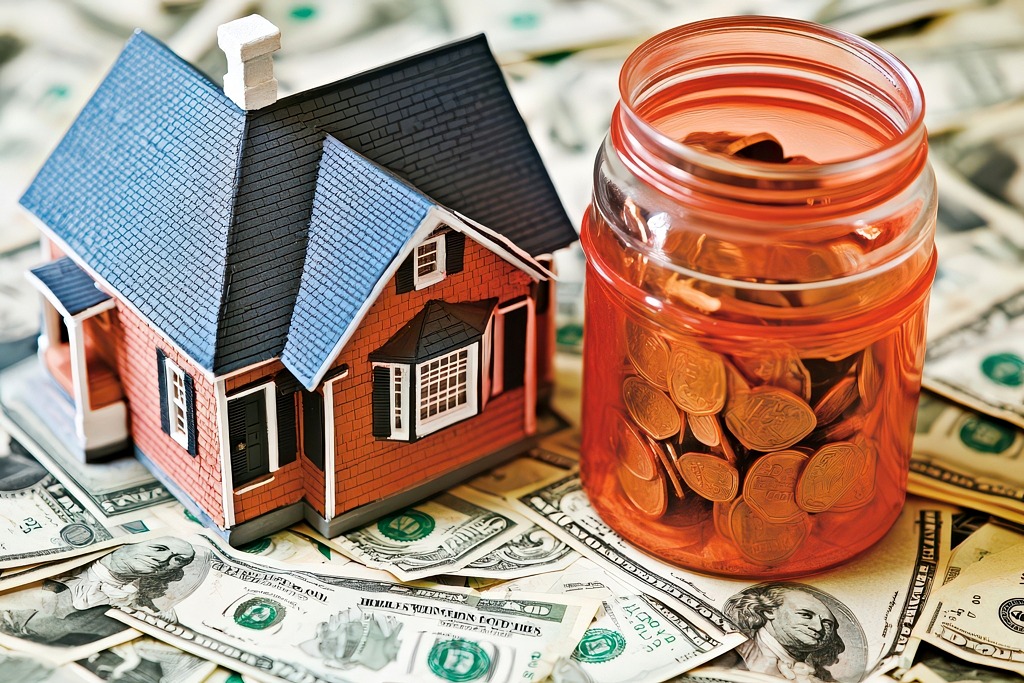The real estate market in the Washington, DC region is no stranger to seasonal shifts and evolving buyer demand. But in 2025, the real story isn’t just about spring blooms or summer moves, it’s about interest rate volatility. As the Federal Reserve continues its tug-of-war with inflation and global economic uncertainty looms, mortgage rate swings reshape how buyers and sellers approach the housing market across the DMV (DC, Maryland, Virginia).
Mortgage Rates: The Unsteady Pulse of the Market
Over the past year, mortgage rates have oscillated between the high 6% and mid-7% range, primarily tied to shifts in the 10-year Treasury yield and ongoing Fed policy changes. A half-point change can mean hundreds of dollars in monthly payments for buyers, particularly first-timers or those upsizing in DC, Northern Virginia, or Maryland suburbs. That difference dramatically influences what’s within budget and where buyers can afford to shop.
The result? A highly reactive market. When rates dip, buyers rush to lock in financing. When they rise, many retreat to the sidelines. This creates uneven momentum—some weekends feel like a frenzy, others like a lull—driven more by macroeconomic headlines than local conditions.
Pricing Trends: DC Steady, Suburbs Strategic
In Washington, DC, the market has remained surprisingly stable. A limited supply of homes, steady job growth in government and tech, and continued interest from investors have helped preserve home values in popular neighborhoods like Capitol Hill, Logan Circle, and Petworth. While bidding wars have cooled since the pandemic peak, well-located, move-in-ready properties still draw strong attention.

Across Northern Virginia and suburban Maryland, the story becomes more nuanced. Areas like Arlington and Bethesda remain competitive, but buyers are more cautious and selective. In outer suburbs and exurbs, particularly those reliant on financing, affordability has become a more significant challenge. Homes that once sold quickly now require sharper pricing and thoughtful staging to stand out.
What It Means for Buyers and Sellers
For buyers, timing and preparation are key. Those who are pre-approved and monitor daily rate movements are best positioned to act when favorable conditions arise. Creative financing strategies—like buydowns or adjustable-rate mortgages—are also seeing a resurgence as buyers look to manage short-term costs while hoping for future rate relief.
For sellers, the pricing strategy is more critical than ever. Today’s buyers are highly rate-sensitive; even modest overpricing can stall interest. Homes that are accurately priced and well-presented—especially in DC’s urban core or high-demand suburbs like Silver Spring, Alexandria, and Falls Church—still see vigorous activity.
Final Takeaway
The DC area real estate market fundamentals remain strong even in a climate shaped by interest rate turbulence. With its stable job base, diverse housing stock, and consistent demand, the region offers an opportunity for those who stay informed, flexible, and strategic.
Let me know if you’d like this formatted for a newsletter, social media post, investor briefing, or blog platform. I can tailor it for different audiences or focus on specific submarkets like Navy Yard, Tysons, or Prince George’s County.




